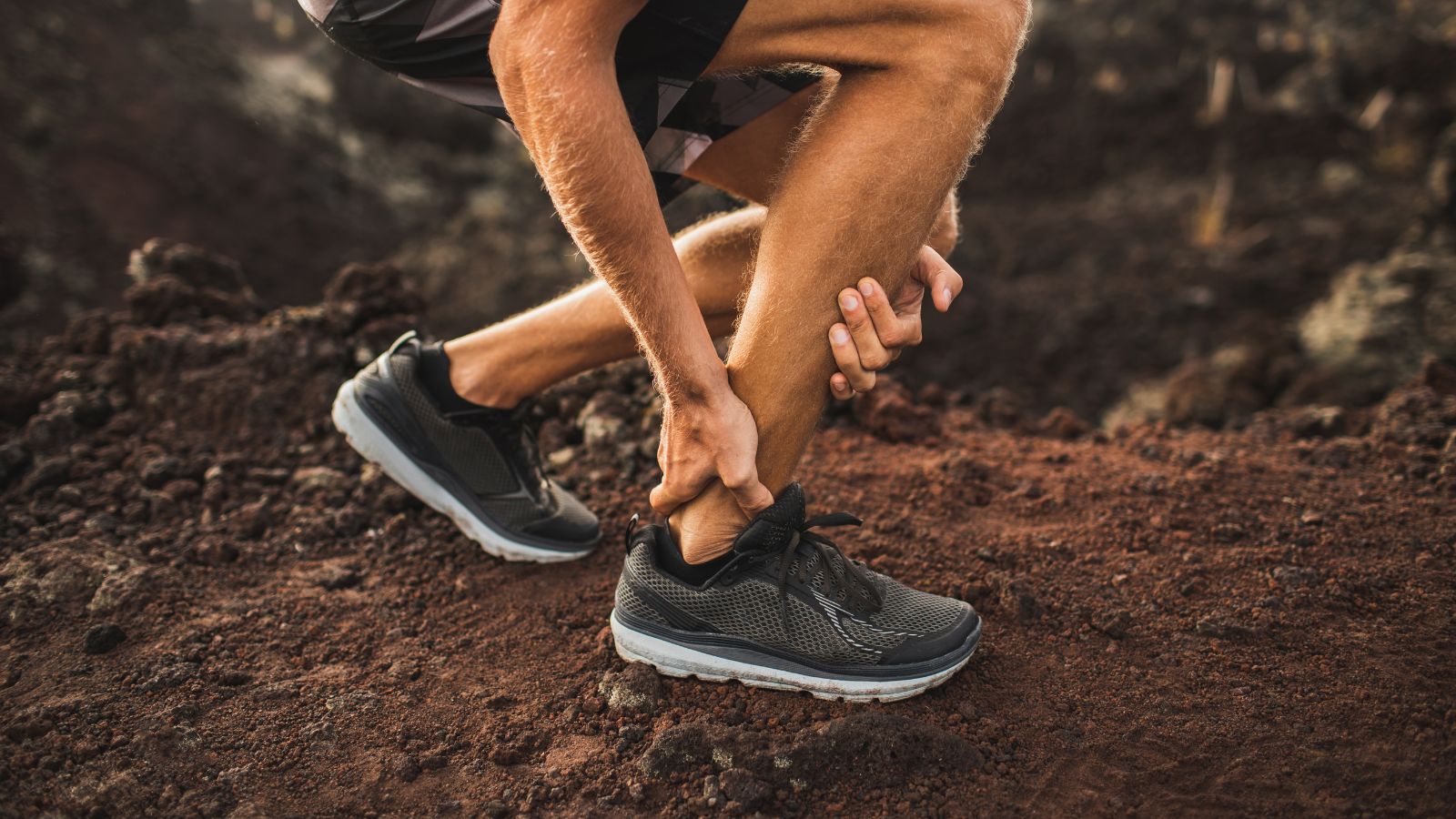Prof. Dr. Murat Demirel, one of the leading orthopedic doctors specializing in Achilles tendinitis treatment in Ankara, stands out with his many years of experience in treating inflammation and strain-related injuries of the Achilles tendon, which connects the calf muscles to the heel bone. Achilles tendinitis usually develops due to intense sports activities, sudden increases in physical load, or improper footwear. If left untreated, it may lead to permanent tendon damage and rupture risk. Prof. Dr. Demirel provides personalized treatment plans at advanced medical centers in Ankara, equipped with high hygienic standards and modern technology.
Treatment may include rest, medication, physical therapy, PRP or stem cell injections, and in some cases, surgical intervention. Following treatment, recovery is supported with medical guidance to ensure fast, safe, and lasting healing. Transparent and up-to-date information about Achilles tendinitis treatment costs in Ankara is also provided, helping patients make informed decisions. You can also reduce your pain, protect tendon health, and increase mobility by contacting us to schedule an appointment today.


Prof. Dr. Murat Demirel
Orthopedics and Traumatology Specialist
Orthopedics Specialist Prof. Dr. Murat Demirel was born in Ankara in 1974. He completed his primary education at Ankara Kavaklıdere Primary School and his secondary and high school education at Ankara Atatürk Anatolian High School. Dr. Demirel graduated from Ankara University Faculty of Medicine in 1998 and completed his residency in Orthopedics and Traumatology at Ankara Numune Training and Research Hospital, 1st Orthopedics and Traumatology Clinic, in 2004.
PhD
Ankara University Institute of Health Sciences
Specialization
Ankara Numune Training and Research Hospital, 1st Orthopedics Clinic
Medical School
Ankara University Faculty of Medicine
Yazı İçeriği
Which Vital Part of Our Body Is Affected by Achilles Tendinitis?
As the name suggests, Achilles tendinitis directly targets the Achilles tendon. But why is this tendon so important? Think of it this way: the strong muscles at the back of your calf, the gastrocnemius and soleus, are like an engine. To transfer the power generated by this engine to the wheels (your feet), a shaft is required. The Achilles tendon serves as this shaft — the thickest, strongest, and most durable “rope” in our body. This structure, about 15 cm long, transmits the calf muscle’s force to the heel bone (calcaneus), enabling us to walk, run, jump, stand on tiptoes, and even press the pedals while driving. In short, nearly every movement we make on our feet relies on the flawless function of the Achilles tendon.
Although it is the strongest tendon in the body, ironically, the Achilles tendon is also one of the most commonly injured. This is due to the enormous loads it endures in daily life and especially during sports. While walking, it carries about 3–4 times our body weight, and while running, this increases to 7–8 times. Over time, this stress can exceed its capacity. When the tendon’s ability to repair itself falls behind the rate of damage, Achilles tendinitis develops. This condition may involve not only inflammation (tendinitis) but also microscopic tears and tissue degeneration (tendinopathy or tendinosis). This distinction is particularly important when planning treatment, as in chronic cases the goal is not only to reduce inflammation but also to repair the damaged tissue.
Can Achilles Tendinitis Affect Different Areas of My Body?
Yes, Achilles tendinitis can manifest in two main forms, depending on which part of the tendon is affected. Knowing these types helps us better understand the source of pain and choose the most suitable treatment for you.
Non-Insertional Achilles Tendinitis: This type occurs in the middle portion of the tendon, about 2–6 cm above where it attaches to the heel bone. It can be compared to wear and friction in the middle of a thick rope. Microscopic damage to the fibers causes swelling and thickening of the tendon. It is commonly seen in younger, active individuals, especially runners, and is closely related to the intensity of activity.
Insertional Achilles Tendinitis: This type occurs where the tendon attaches to the heel bone (insertion). The problem here involves not only tendon damage but also additional changes in the area. Over time, the tendon fibers may calcify (harden), and bone spurs (heel spur or Haglund’s deformity) may develop as a defense mechanism. These spurs cause constant friction and irritation between the tendon and the back of the shoe. This form can affect people of all ages and activity levels and is often associated with underlying anatomical or biomechanical problems such as tight calf muscles.
What Warning Signals Does My Body Send in Achilles Tendinitis?
Achilles tendinitis usually develops gradually, and symptoms tend to worsen over time. Recognizing these early warning signs is crucial to prevent the condition from progressing. The most common symptoms include:
- Pain
- Morning stiffness
- Tenderness
- Swelling
- Thickening
- Weakness
- Crepitus or a grinding sensation
The most significant symptom is pain, which often starts as a mild ache, especially after activities like running or jumping. As the condition progresses, the pain becomes sharper, burning, or throbbing and may even persist at rest. Many patients report severe pain when taking their first steps in the morning or after sitting for a long time. This “start-up pain” indicates that the tendon stiffens during rest and gradually loosens with movement. Visible swelling, tenderness, and sometimes a palpable bone spur, especially in the insertional type, may also be present.
What Factors Contribute to the Development of Achilles Tendinitis?
Achilles tendinitis rarely develops from a single cause. It usually results from a combination of risk factors that exceed the tendon’s tolerance, like the “last drop that makes the glass overflow.” These risk factors can be divided into intrinsic (related to the body) and extrinsic (environmental and behavioral) categories.
The main risk factors for Achilles tendinitis include:
- Sudden changes in training routine
- Improper or worn-out shoes
- Hard or uneven surfaces
- Inadequate warm-up and stretching
- Advanced age
- Obesity
- Foot deformities
- Tight or weak calf muscles
- Certain systemic diseases
- Use of certain medications
Among the extrinsic factors, training errors are the most important. Increasing running distance, speed, or frequency suddenly (“too much, too soon” syndrome) does not give the tendon time to adapt and is the biggest trigger. Using old shoes with worn-out cushioning or shoes not suitable for the activity also increases the risk. Intrinsic factors include age, as tendons lose elasticity and blood supply with time, making them more fragile. Foot deformities such as flat feet or high arches disrupt biomechanical balance and place extra stress on the Achilles tendon. Excess weight (obesity) increases tendon load with every step, while tight calf muscles constantly pull on the tendon. Finally, certain systemic diseases such as psoriasis and medications like fluoroquinolone antibiotics are scientifically proven to increase the risk of Achilles tendinitis.
Contact us for detailed information and an appointment!
Which Methods Are Used to Diagnose Achilles Tendinitis?
The first and most important step in creating an effective treatment plan for Achilles tendinitis is establishing the correct diagnosis. Diagnosis is largely based on the patient’s history and a thorough physical examination. Imaging methods are used to confirm the diagnosis, determine the extent of the damage, and rule out other possible conditions with similar symptoms.
When you consult a specialist, the diagnostic process usually includes the following steps:
- Taking a detailed patient history
- Performing a comprehensive physical examination
- Using imaging methods when necessary
The process begins with a detailed discussion about when and how the pain started, which movements increase or decrease it, your sports background, footwear, past illnesses, and medications used. These details provide important clues about the source of the problem. Then, a physical examination is performed. The Achilles tendon and its insertion point on the heel are checked for tenderness, swelling, increased warmth, or thickening. Ankle range of motion, especially dorsiflexion (pulling the foot upward), is assessed. Limited dorsiflexion often indicates tight calf muscles. Special tests, such as the Thompson test, may also be used to rule out a complete rupture.
Although clinical evaluation is often sufficient, imaging tests may sometimes be required:
X-ray: Useful for evaluating bone structures, identifying calcifications, or bone spurs associated with insertional tendinitis.
Ultrasound (USG): A fast and practical method that uses sound waves to visualize the tendon in real time. It clearly shows thickening, fluid accumulation, degeneration, and partial tears.
Magnetic Resonance Imaging (MRI): The most detailed method for assessing soft tissues. It shows the severity and extent of tendon damage in three dimensions. MRI is particularly valuable when diagnosis is uncertain or when surgical planning is needed.
What Serious Consequences Can Occur If Achilles Tendinitis Is Not Treated?
At first, Achilles tendinitis may seem like nothing more than a bothersome pain, but ignoring it with the thought that “it will pass” can lead to serious, long-term problems. This is similar to a rope gradually wearing out until it eventually snaps.
Potential complications of untreated Achilles tendinitis include:
- Chronic pain
- Achilles tendinosis (degeneration of tendon tissue)
- Achilles tendon rupture (partial or complete tear)
Pain, which initially appears only during activity, can progress to persistent discomfort that continues even at rest. Chronic pain can severely affect daily activities such as walking or climbing stairs, significantly reducing quality of life. Continuous microdamage may also cause permanent structural degeneration of the tendon. Tendinitis (acute inflammation) can evolve into tendinosis (degeneration), where the tendon thickens, loses elasticity, and appears unhealthy. At this stage, the problem is no longer just inflammation but actual structural weakening of the tissue.
The most feared complication is Achilles tendon rupture. A weakened, degenerated tendon may suddenly tear with a routine movement such as starting to run, jumping, or tripping, often accompanied by a “pop” sound. Achilles tendon rupture is a serious injury requiring urgent medical attention, characterized by sharp pain, a gap at the back of the leg, and inability to push the foot downward. Treatment is usually surgical, and recovery may take months. This is why Achilles tendinitis symptoms should never be ignored and should be treated early by a specialist to prevent such serious complications.
How Does Achilles Tendinitis Heal and What Are the Non-Surgical Treatment Options?
The good news is that most patients recover from Achilles tendinitis without surgery. Conservative treatment methods are usually highly effective. The goals are to control pain and inflammation, give the tendon time to heal, stimulate tissue repair, and restore strength. Treatment is personalized based on severity, type, and duration of the condition and often involves a combination of approaches.
Main non-surgical treatment methods include:
- Activity modification and rest
- Ice application
- Compression (bandage) and elevation
- Medication
- Physical therapy and exercise
- Supportive devices (orthoses, heel lifts, night splints)
- Extracorporeal Shock Wave Therapy (ESWT)
- Injection therapies (PRP, etc.)
The first step is reducing stress on the tendon by stopping activities like running and jumping, replacing them with low-impact sports such as swimming or cycling. During the acute phase, applying ice packs for 15–20 minutes, wrapping with an elastic bandage, and elevating the leg above heart level (RICE protocol) help reduce pain and swelling. Short-term use of non-steroidal anti-inflammatory drugs (NSAIDs), such as ibuprofen or naproxen, may relieve symptoms, but they do not cure the condition.
The cornerstone of treatment is physical therapy and exercise. Calf stretching exercises relieve tension, while strengthening exercises, particularly eccentric exercises (e.g., slowly lowering the heels off a stair step), stimulate tendon remodeling and increase load tolerance. Heel lifts or custom orthotics can also help reduce tendon stress. For stubborn cases unresponsive to conservative measures, ESWT (shock wave therapy) or PRP injections may be considered.
Why Is Physical Therapy So Critical in the Treatment of Achilles Tendinitis?
If Achilles tendinitis treatment is compared to building a house, physical therapy and exercises are the foundation and supporting columns. While other methods temporarily relieve symptoms, the key to long-term recovery and preventing recurrence lies in a proper exercise program. The purpose of physical therapy is not just to reduce pain but to address the root cause of the problem.
The main goals of a physical therapy program include:
- Controlling pain and inflammation
- Increasing flexibility
- Restoring muscle strength
- Improving tendon load tolerance
- Correcting biomechanical imbalances
- Preventing future injuries
At the beginning of treatment, modalities to reduce pain may be used. However, the real progress comes from exercises. Stretching tight calf muscles is critical since they constantly pull on the tendon. The most important part of the program is eccentric strengthening exercises, which involve contracting the muscle while it lengthens (e.g., lowering the heels slowly on a stair). Studies show that these exercises stimulate tendon remodeling, encourage healthy collagen production, and increase tendon resilience. These exercises should be taught by a physiotherapist and progressed gradually. Strengthening not only the calf muscles but also the hip and core muscles to support the entire kinetic chain is also essential.
When and for Whom Is Surgery Necessary in Achilles Tendinitis?
Surgery for Achilles tendinitis is considered a last resort. Most patients recover successfully with conservative treatments, but in some cases, surgery becomes unavoidable. The decision is made only after careful evaluation and when all other options have failed.
Surgery may be considered if:
- No improvement after at least 6 months of comprehensive conservative treatment
- Persistent pain that significantly reduces quality of life
- Severe structural damage to the tendon
- Complete Achilles tendon rupture
If no significant improvement is achieved after at least 6 months of rest, medication, physical therapy, orthotics, and other non-surgical methods, surgery is considered. The type of surgery depends on the tendinitis type (insertional or non-insertional), extent of tendon damage, and presence of bone spurs.
Debridement and Repair: Diseased and degenerated tissue is removed, and healthy tendon tissue is repaired.
Calcaneoplasty: In insertional tendinitis, bone spurs irritating the tendon are surgically shaved.
Tendon Transfer: If damage is extensive, another tendon (usually the flexor hallucis longus tendon) may be transferred to reinforce the Achilles tendon.
Gastrocnemius Recession: In cases caused by tight calf muscles, this muscle may be surgically lengthened to reduce stress on the tendon.
Contact us for detailed information and an appointment!
Frequently Asked Questions
What is Achilles tendinitis and how does it occur?
Achilles tendinitis is the inflammation and irritation of the Achilles tendon, which connects the calf muscles to the heel bone. It usually develops due to overuse, prolonged running, jumping, sudden increases in exercise intensity, or insufficient warm-up. Wearing inappropriate footwear and exercising on hard surfaces also increase the risk.
What are the symptoms of Achilles tendinitis?
Pain and tenderness in the area between the heel and the calf, where the Achilles tendon passes, are the main symptoms. Pain is often worse in the morning or after rest, may temporarily improve with activity, and then intensify again. Swelling, redness, and sometimes thickening of the tendon may also occur.
How is Achilles tendinitis diagnosed?
Diagnosis is usually based on patient complaints and physical examination findings. In necessary cases, ultrasound or magnetic resonance imaging (MRI) is used to assess the condition of the tendon. X-rays help determine whether there are bone-related problems.
Which methods are used in the treatment of Achilles tendinitis?
Treatment primarily involves rest, cold therapy (ice), appropriate footwear, and sometimes heel support. Non-steroidal anti-inflammatory drugs may be used for pain and swelling. Physical therapy, stretching and strengthening exercises, ultrasound therapy, and manual therapy play important roles. PRP or corticosteroid injections may be considered in resistant cases.
What is the importance of exercises in Achilles tendinitis?
Stretching exercises for the Achilles tendon and calf muscles, strengthening movements, and gradually increasing loads speed up the healing process and reduce the risk of recurrence. Exercises should be performed regularly under the supervision of a physiotherapist.
Can Achilles tendinitis heal completely?
With appropriate treatment, most patients with Achilles tendinitis fully recover and return to daily life without pain. However, if treatment is delayed, the condition may become chronic, and permanent tendon thickening or weakness may occur.
Can people with Achilles tendinitis do sports?
During the acute phase, it is important to avoid sports until pain and symptoms decrease. After full recovery, sports can be resumed gradually with proper warm-up. Stretching before and after activity should not be neglected.
How can Achilles tendinitis be prevented?
Proper warm-up and cool-down, avoiding overtraining, wearing appropriate footwear and insoles, avoiding running on hard surfaces, and performing regular calf exercises reduce the risk of Achilles tendinitis.
What is the difference between Achilles tendinitis and Achilles tendon rupture?
Achilles tendinitis is inflammation and irritation of the tendon, whereas an Achilles tendon rupture is a complete tear that disrupts its integrity. Rupture typically occurs suddenly with severe pain, while tendinitis develops gradually with increasing discomfort over time.
What happens if Achilles tendinitis is left untreated?
Untreated Achilles tendinitis may become chronic, causing persistent pain, limited mobility, and eventually tendon weakening or rupture. Early diagnosis and treatment are therefore very important.




